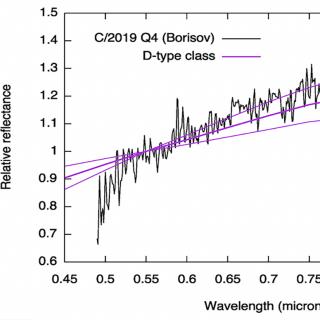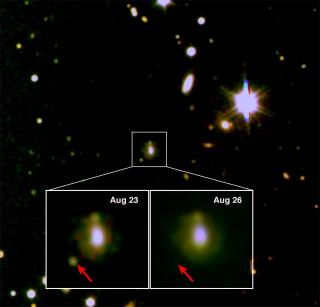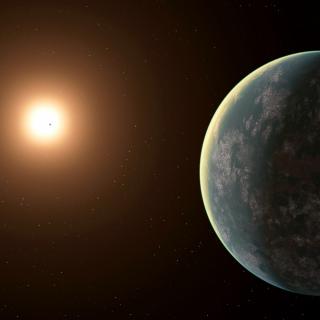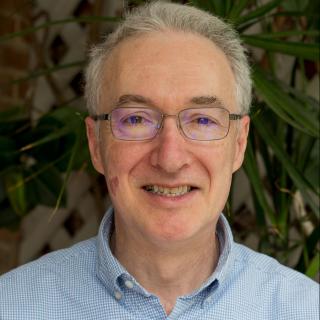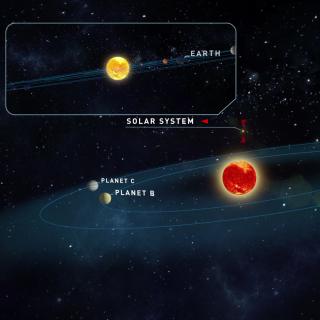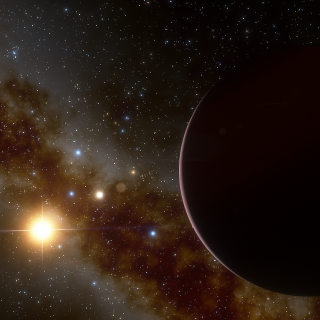
A team of astronomers of the CARMENES consortium, with participants form the Institutode Astrofísica de Canarias, has discovered a planetary system around the red dwarf star GJ 3512, at some 30 light years from Earth, with an unusual gas giant planet whose excentric orbit could imply the presence of another massive planets. In the study the 40 cm telescope of the Las Cumbres Observatory (LCO) at the Teide Observatory, was used. This discovery is published today in the journal Science.
Advertised on
